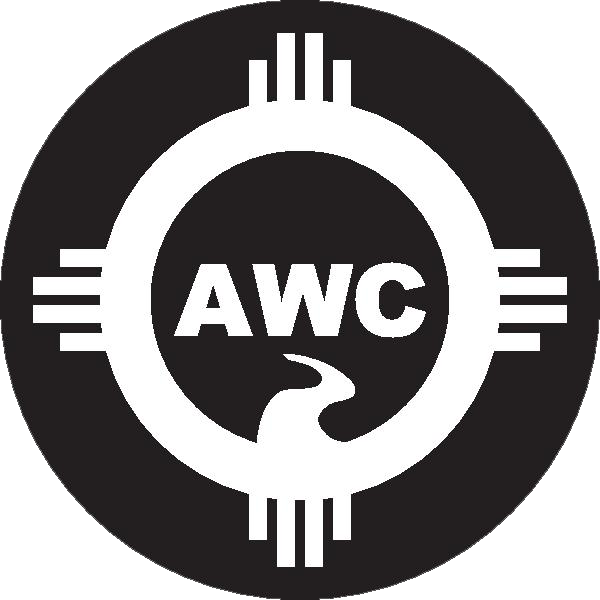Current River Levels
River flow is measured in cubic feet per second (cfs), which tells us how much water is flowing past a specific point every second. A box that is 1 foot on each side, or one cubic foot, contains almost 7 1/2 gallons of water. A flow rate of one cubic foot per second (1 cfs) means that one box of water is passing a specific point every second. 500 cfs means that enough water to fill 500 boxes is passing that point each second. A higher cfs rate equals more water, which means the flow is stronger, more forceful and faster.
The data in the following link shows river flows measured at the Alameda Bridge and can give you an idea of current flows in the Rio Grande through Albuquerque.
US Geological Survey’s Real Time Stream flow Data for Albuquerque.
Today’s flow conditions will greatly influence your safety and potential floating experience and how fast you will generally move downstream. (Other things to consider in determining how long it will take to get to your destination are wind velocity and direction and how deep or shallow the river channel may be and river distance.)
LOW WATER (400 cfs and lower) features slower moving currents and numerous spots where the river is shallow and sandbars appear in the channel. Average current velocity may be less than 1.0 mile/hour. Some strenuous downstream paddling and wading will be required in order to complete your trip. Not recommended for inexperienced paddlers.
MODERATE WATER (500 cfs to 1500 cfs) features floating conditions which are generally suitable and enjoyable for experienced paddlers in all types of craft. Average current velocities may be in the 1 mile/hour to 4 miles/hour range. Close attention is required.
HIGH WATER (1600 cfs to 4000 cfs) features optimum to very swift touring conditions for experienced boaters. At the higher end of this range, currents become quite powerful in places, posing significant danger where current flows into river bends/cliffs and fixed objects like trees, rocks, and jetty jacks (large, sharp metal objects) in the channel. Beginning and weaker paddlers must be able to swim well and should only travel with guides or very experienced companions.
FLOOD FLOWS (above 4000 cfs) are very hazardous. Currents become turbulent, may inundate tree lines and floodplains. Debris in the current may pose additional risk. Danger level for inexperienced paddlers is extremely high. FLOATING NOT RECOMMENDED.

